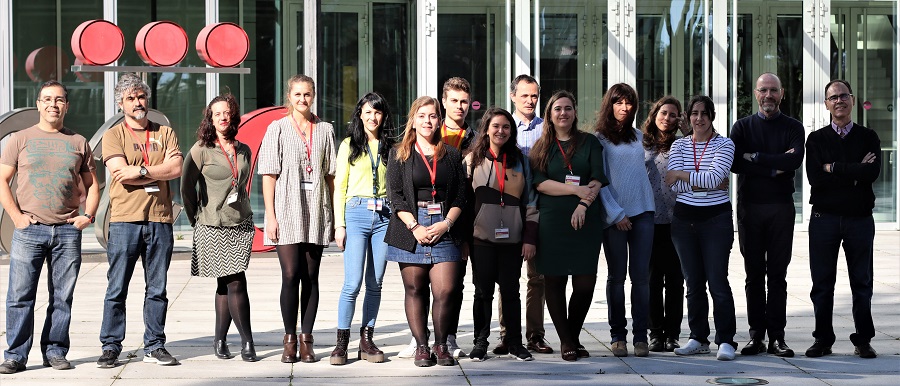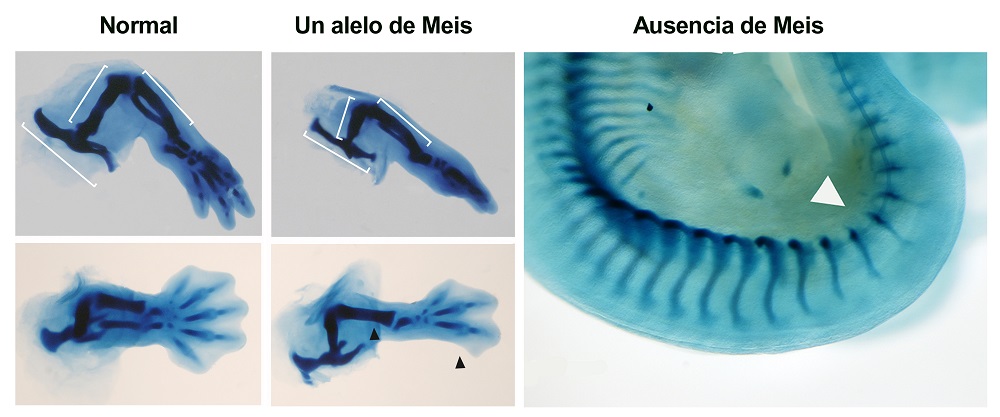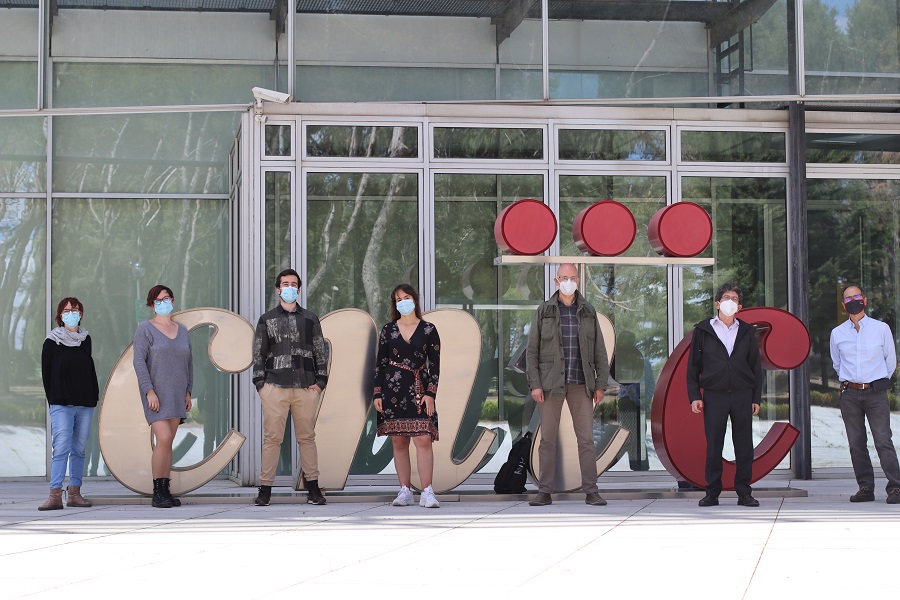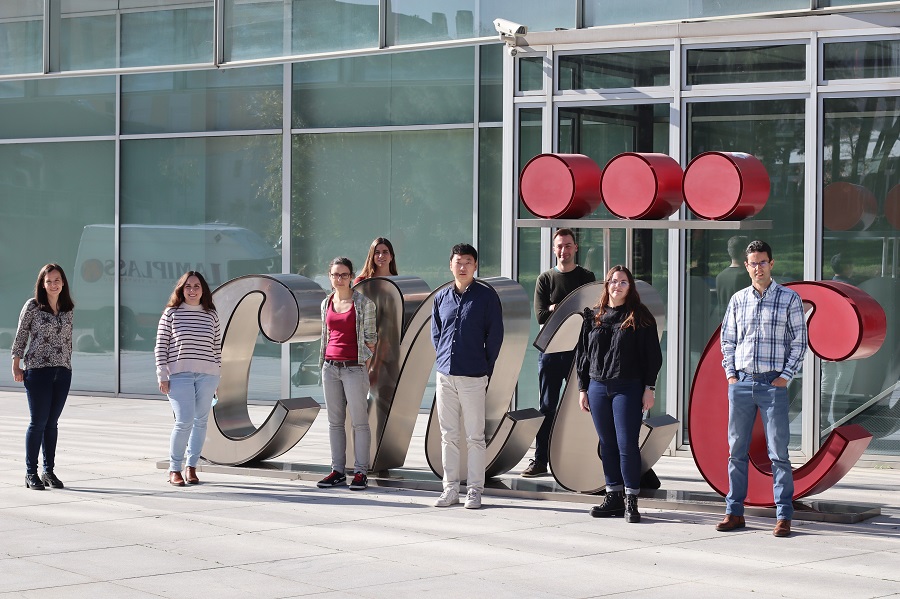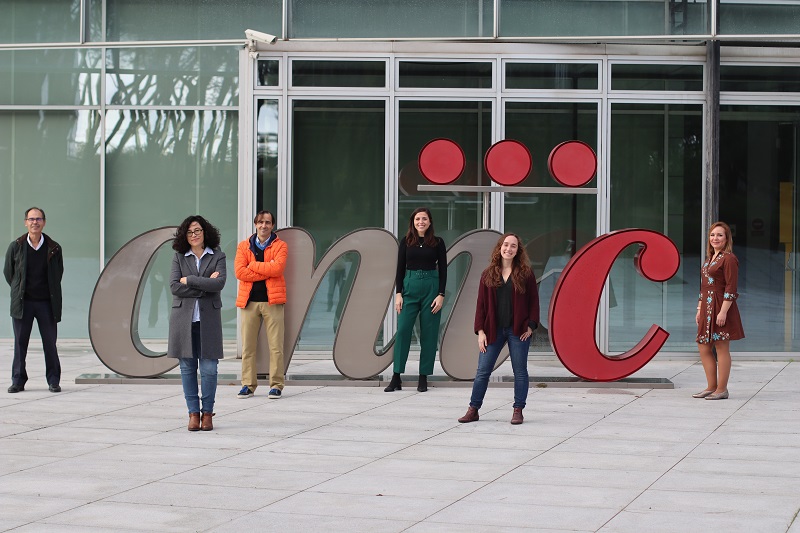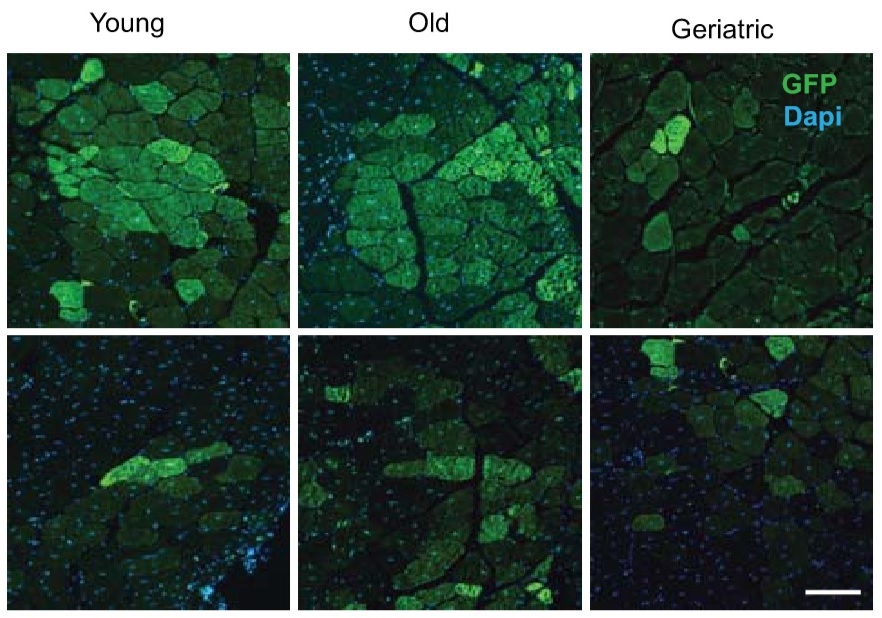News search
|
Research 5 Jan 2022 Scientists at the CNIC have developed a simple model for studying the behavior of immune cells in live animals and have identified a harmful cell behavior pattern associated with cardiovascular disease |
|
About the CNIC 15 Jun 2021 The team led by Dr Ramiro has identified a target protein for the diagnosis and treatment of vascular pathologies |
|
About the CNIC 9 Jun 2021 The study, published in Nature in 2019, revealed relevant data about the involvement of the protein p38gamma in the development of the main type of primary liver cancer, which affects over a million people a year worldwide |
|
Research 2 Jun 2021 The study, published in Nature Communications, reveals that Meis transcription factors are essential for the formation and antero-posterior patterning of the limbs during embryonic development |
|
Research 11 May 2021 Scientists at the CNIC and CSIC have shown that elevated activity of proteins regulated by nitric oxide (NO) causes the aortic disease seen in Marfan Syndrome patients |
|
Research 9 Dec 2020 Científicos del CNIC han descubierto un mecanismo celular y molecular que puede ayudar a promover la arterialización y perfusión en los tejidos que han sufrido una reducción del riego sanguíneo. |
|
Research 2 Dec 2020 Un estudio que se publica en Nature muestra a la proteína mitocondrial ALDH4A1 como un nuevo autoantígeno implicado en los procesos de la aterosclerosis |
|
Research 27 Oct 2020 The finding provides a basis for mitigating the loss of muscle regenerative capacity in very elderly people. |
|
Research 16 Oct 2020 Scientists at the Centro Nacional de Investigaciones Cardiovasculares (CNIC) review the roles of a groups of proteins called stress kinases in metabolism in an article published in Nature Reviews Endocrinology |
|
Research 17 Sep 2020 The results published in Nature Metabolism could be useful to design new treatments for the obese and overweight, and for some associated pathologies, including fatty liver disease and type 2 diabetes |
- ‹ previous
- 3 of 7
- next ›


